Home>Garden Essentials>How Do I Use Chia Seeds
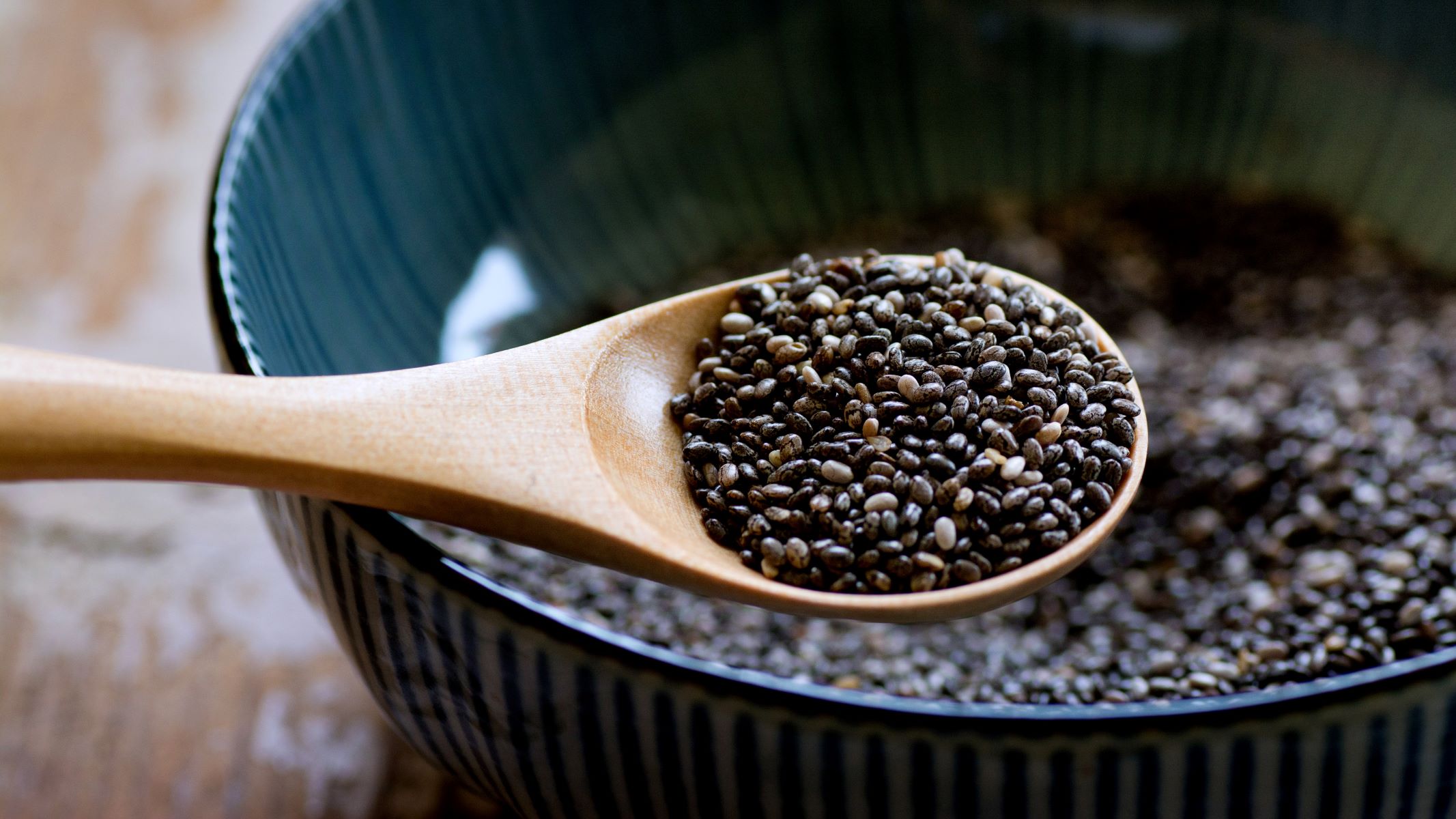

Garden Essentials
How Do I Use Chia Seeds
Modified: March 24, 2024
Discover the many ways you can use chia seeds in your garden! From boosting soil fertility to promoting healthy plant growth, learn how to incorporate chia seeds into your gardening routine.
(Many of the links in this article redirect to a specific reviewed product. Your purchase of these products through affiliate links helps to generate commission for Storables.com, at no extra cost. Learn more)
Introduction
Welcome to the world of chia seeds! If you’re looking to incorporate a nutritious and versatile ingredient into your diet, chia seeds are a fantastic choice. These tiny, oval-shaped seeds have gained popularity in recent years for their numerous health benefits and culinary uses.
In this article, we will explore what chia seeds are, their impressive nutritional profile, the health benefits they offer, and how to incorporate them into your daily routine. Whether you’re a health enthusiast, a foodie, or simply curious about new superfoods, chia seeds are sure to pique your interest.
So, let’s dive in and discover the wonders of chia seeds!
Key Takeaways:
- Chia seeds are a tiny but mighty superfood packed with fiber, protein, and antioxidants. They can help with digestion, heart health, and weight management. Try them in chia pudding, smoothies, or homemade jams for a tasty and nutritious boost!
- While chia seeds offer many health benefits, it’s important to start with small amounts and stay hydrated to avoid digestive discomfort. Consult a healthcare professional if you have allergies or are taking medications to ensure safe consumption.
Read more: Where Do I Get Chia Seeds
What are Chia Seeds?
Chia seeds are small, edible seeds that come from the plant known as Salvia hispanica, which is native to Central and South America. These seeds were a staple food in ancient civilizations such as the Mayans and Aztecs, who recognized their exceptional nutritional value.
Chia seeds are rich in various nutrients, including fiber, protein, healthy fats, vitamins, and minerals. They are also a great source of antioxidants, which help protect the body from harmful free radicals.
One remarkable quality of chia seeds is their ability to absorb liquid and form a gel-like substance when soaked in water or other liquids. This unique property makes chia seeds an excellent addition to recipes that require thickening agents, such as puddings and smoothies.
The mild and neutral taste of chia seeds allows them to be easily incorporated into a wide range of dishes, both sweet and savory. They can be sprinkled on top of yogurt, added to baked goods, mixed into soups and stews, or used as a topping for salads and oatmeal.
As chia seeds have gained popularity, they have become increasingly accessible in supermarkets and health food stores. They are typically available in both black and white variations, with no noticeable difference in nutritional content between the two.
Now that you have a basic understanding of what chia seeds are, let’s explore their impressive nutritional profile and the numerous health benefits they offer.
Nutritional Profile of Chia Seeds
Despite their small size, chia seeds pack a powerful nutritional punch. They are loaded with essential nutrients that can contribute to overall health and well-being.
Here’s a breakdown of the key nutrients found in chia seeds:
- Fiber: Chia seeds are a fantastic source of dietary fiber. Just one ounce (28 grams) of chia seeds contains an impressive 11 grams of fiber, which is nearly one-third of the recommended daily intake for adults. Fiber is essential for maintaining a healthy digestive system, promoting regular bowel movements, and supporting heart health.
- Protein: Chia seeds are a plant-based source of protein, making them an excellent option for vegans and vegetarians. An ounce of chia seeds provides around 4 grams of protein, along with all nine essential amino acids that the body needs to function properly.
- Healthy Fats: Chia seeds are rich in alpha-linolenic acid (ALA), an omega-3 fatty acid. Omega-3 fatty acids are known for their anti-inflammatory properties and are beneficial for heart health. Chia seeds also contain a good amount of omega-6 fatty acids.
- Antioxidants: Chia seeds are packed with antioxidants that help protect the body against free radicals, which can damage cells and contribute to chronic diseases. The antioxidant content of chia seeds helps to fight inflammation and supports overall immune function.
- Vitamins and Minerals: Chia seeds are a great source of essential vitamins and minerals, including calcium, phosphorus, magnesium, and manganese. These nutrients play a crucial role in bone health, energy production, and numerous other bodily functions.
In addition to their impressive nutrient content, chia seeds are also low in calories. With approximately 138 calories per ounce, they make a nutritious addition to any diet.
Now that we’ve explored the nutritional profile of chia seeds, let’s delve into the health benefits they offer.
Health Benefits of Chia Seeds
Chia seeds are not only delicious and versatile; they also offer a wide range of health benefits. Incorporating chia seeds into your diet can contribute to improved overall well-being. Here are some notable health benefits of chia seeds:
- Rich in Antioxidants: Chia seeds are packed with antioxidants, which help protect the body against oxidative stress and inflammation. By reducing free radicals in the body, chia seeds can contribute to a lower risk of chronic diseases such as heart disease and certain types of cancer.
- Heart-Healthy: The omega-3 fatty acids found in chia seeds have been shown to promote heart health. These healthy fats can help reduce inflammation, lower blood pressure, and support healthy cholesterol levels. Incorporating chia seeds into your diet may therefore reduce the risk of heart disease.
- Weight Management: Chia seeds are rich in fiber, which provides a feeling of fullness and helps control appetite. When consumed with liquid, the soluble fiber in chia seeds forms a gel-like substance in the stomach, slowing down digestion and leading to a longer-lasting feeling of satiety. This can be beneficial for weight management by reducing overall calorie intake.
- Improved Digestion: The high fiber content of chia seeds supports healthy digestion and helps prevent constipation. The gel-like consistency that chia seeds develop when soaked in liquid also aids in softening and bulking up the stool, promoting regular bowel movements and reducing digestive discomfort.
- Stabilized Blood Sugar Levels: Chia seeds have a low glycemic index, meaning they are digested and absorbed slowly, resulting in a gradual release of glucose into the bloodstream. This can help regulate blood sugar levels and prevent spikes and crashes, making chia seeds a beneficial addition to a balanced diet, particularly for individuals with diabetes or insulin resistance.
- Increased Energy and Endurance: Chia seeds have been traditionally used by ancient civilizations as an energy-boosting food. The combination of protein, healthy fats, and fiber in chia seeds provides long-lasting energy and sustains endurance, making them a popular choice among athletes and fitness enthusiasts.
It’s important to note that while chia seeds offer many health benefits, they are not a magical cure-all. Incorporating them into a balanced diet alongside other nutrient-rich foods is key to reaping their benefits.
Next, we’ll explore various ways to incorporate chia seeds into your daily diet to enjoy their nutritional goodness.
Add chia seeds to your favorite smoothie, yogurt, or oatmeal for a boost of fiber, protein, and omega-3 fatty acids. They can also be used as a thickening agent in recipes like puddings or jams.
Incorporating Chia Seeds into Your Diet
Now that you are aware of the incredible health benefits of chia seeds, let’s explore how you can easily incorporate them into your daily diet. Here are a few simple and creative ways to enjoy chia seeds:
- Chia Pudding: One of the most popular ways to enjoy chia seeds is by making chia pudding. Simply mix chia seeds with your favorite milk (dairy or plant-based), add a sweetener of your choice and flavorings such as vanilla extract or cocoa powder. Stir well and refrigerate overnight. In the morning, you’ll have a delicious and creamy chia pudding that you can top with fruits, nuts, or granola.
- Smoothies: Boost the nutritional value of your smoothies by adding a tablespoon or two of chia seeds. They will not only provide additional fiber and omega-3 fatty acids but also create a thicker and more satisfying texture.
- Baked Goods: Sprinkle chia seeds onto your favorite baked goods such as muffins, cookies, or bread before baking. They add a delightful crunch and provide an extra nutritional punch without altering the taste.
- Salads and Yogurt Toppings: Sprinkle chia seeds on top of your salads or mix them into your yogurt for added texture and nutrition. They pair well with fruits, nuts, and granola, creating a delicious and healthy combination.
- Chia Seed Jam: Make a quick and easy chia seed jam by combining mashed fruits, chia seeds, and a natural sweetener. Let the mixture sit for a few minutes until it thickens. This homemade jam is a healthier alternative to store-bought versions, as it doesn’t contain added sugars or preservatives.
- Breakfast Cereal: Add a spoonful of chia seeds to your breakfast cereal for an extra boost of fiber and nutrition. They will enhance the crunchiness of your cereal and keep you feeling satisfied for longer.
Remember to drink plenty of water when consuming chia seeds, as their high fiber content may cause discomfort if not properly hydrated. Start with small amounts of chia seeds and gradually increase your intake to allow your body to adjust.
Now that you have several ideas on how to incorporate chia seeds into your meals, let’s explore some delicious recipes and additional tips for using chia seeds.
Read more: What Do I Put Chia Seeds In
Recipes and Tips for Using Chia Seeds
Chia seeds can add a nutritional boost to a wide variety of dishes. Here are a few recipes and tips to help you make the most of these tiny powerhouses:
- Chia Seed Overnight Oats: Combine 1/4 cup of rolled oats, 1 tablespoon of chia seeds, 1/2 cup of your choice of milk, and a dash of sweetener. Stir well, cover, and refrigerate overnight. In the morning, you’ll have a delicious and nutritious breakfast ready to enjoy. Top with fresh fruits, nuts, or a drizzle of honey.
- Chia Seed Energy Balls: In a food processor, blend 1 cup of dates, 1/4 cup of almond butter, 1/4 cup of chia seeds, 1/4 cup of shredded coconut, and a pinch of salt until the mixture comes together. Roll the mixture into small balls and refrigerate for an hour to set. These energy balls make a great on-the-go snack packed with fiber, protein, and healthy fats.
- Chia Fresca: In a glass, mix 1 cup of water, 1 tablespoon of chia seeds, the juice of half a lemon or lime, and a teaspoon of honey or your preferred sweetener. Stir well and let it sit for a few minutes until the chia seeds swell. This refreshing drink provides hydration, antioxidants, and a little energy boost.
- Chia Seed Crackers: In a bowl, combine 1 cup of whole wheat flour, 1/4 cup of chia seeds, 1/2 teaspoon of salt, and 1/2 teaspoon of your favorite dried herbs or spices. Slowly add 1/2 cup of water and knead until you have a firm dough. Roll out the dough thinly and cut it into cracker-sized pieces. Bake in a preheated oven at 350°F (175°C) for about 15 minutes or until crispy. These homemade crackers are a healthier alternative to store-bought ones.
Here are a few additional tips for using chia seeds:
- Soaking Chia Seeds: To make the gel-like texture of chia seeds, mix them with liquid in a 1:4 ratio (1 part chia seeds to 4 parts liquid) and let them sit for 10-15 minutes. You can soak chia seeds in water, milk, or even fruit juice.
- Replacing Eggs in Baking: Chia seeds can be used as an egg substitute in vegan baking. To replace one egg, mix 1 tablespoon of chia seeds with 3 tablespoons of water and let it sit for 10 minutes until it forms a gel-like consistency.
- Storing Chia Seeds: Store chia seeds in an airtight container in a cool, dry place. They can typically be stored for up to two years without significant loss of nutritional value.
With these recipes and tips, you can explore the versatility of chia seeds and enjoy their nutritional benefits in countless delicious ways.
Before we wrap up, let’s briefly discuss potential risks and side effects associated with chia seeds.
Potential Risks and Side Effects of Chia Seeds
While chia seeds are generally safe for consumption, there are a few potential risks and side effects to be aware of:
- Gastrointestinal Issues: Chia seeds are high in fiber, which can cause digestive discomfort, such as bloating, gas, or diarrhea, especially if consumed in large quantities or if your body is not accustomed to a high-fiber diet. It’s important to start with small amounts and gradually increase your intake while staying adequately hydrated.
- Allergies: Some individuals may be allergic to chia seeds, although this is rare. If you experience any allergic symptoms, such as hives, itching, or difficulty breathing after consuming chia seeds, discontinue use and seek medical attention.
- Medication Interactions: Chia seeds may interact with certain medications, including blood thinners. If you are taking any medications, it is advisable to consult with your healthcare provider before adding chia seeds to your diet.
- Weight Gain: While chia seeds can be a helpful aid in weight management due to their high fiber content, consuming them in excess or adding them to calorie-dense foods may lead to weight gain. As with any nutritious food, moderation is key.
It’s important to listen to your body and make adjustments to your chia seed consumption based on your individual needs and tolerances. If you have any concerns or specific health conditions, consult with a healthcare professional before integrating chia seeds into your diet.
Now that we’ve covered the potential risks and side effects, let’s recap the benefits and versatility of chia seeds.
Conclusion
Chia seeds are more than just a trendy superfood. They offer a wide range of health benefits, making them an excellent addition to a balanced and nutritious diet.
With their high fiber content, omega-3 fatty acids, antioxidants, and essential vitamins and minerals, chia seeds can support heart health, aid in digestion, regulate blood sugar levels, promote weight management, and boost energy levels.
Incorporating chia seeds into your diet is easy and versatile. From chia pudding and energy balls to smoothies and baked goods, the possibilities are endless. You can also sprinkle chia seeds on top of salads, mix them into yogurt, or even create homemade jams and crackers.
While chia seeds are generally safe for consumption, it’s essential to start with small quantities, especially if you are new to high-fiber foods, and listen to your body’s response. Additionally, if you have any allergies or are taking medications, it’s crucial to consult with a healthcare professional.
So, why not give chia seeds a try? Explore their many nutritional benefits, experiment with creative recipes, and enjoy the added texture, taste, and health benefits they bring to your meals. Remember to drink plenty of water and enjoy this nutrient-dense superfood in moderation.
Incorporating chia seeds into your diet is a delicious way to enhance your well-being and nourish your body with the power of nature.
Frequently Asked Questions about How Do I Use Chia Seeds
Was this page helpful?
At Storables.com, we guarantee accurate and reliable information. Our content, validated by Expert Board Contributors, is crafted following stringent Editorial Policies. We're committed to providing you with well-researched, expert-backed insights for all your informational needs.
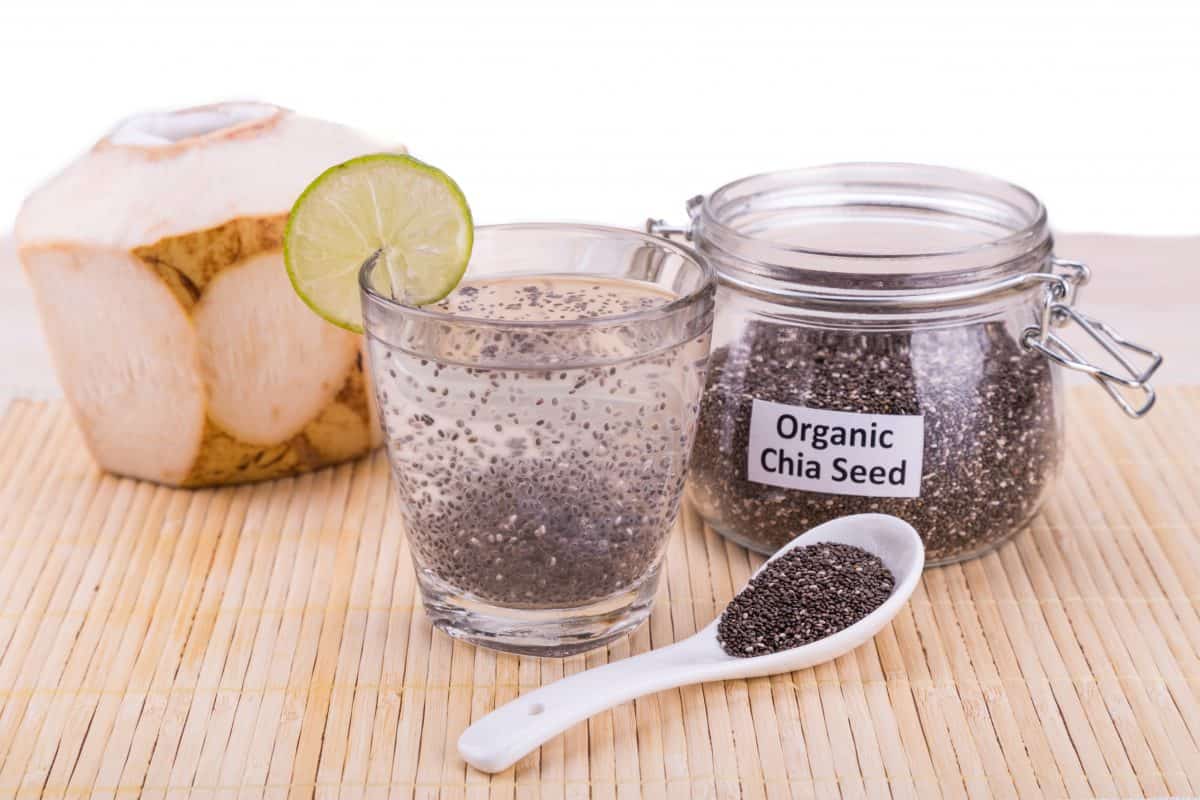
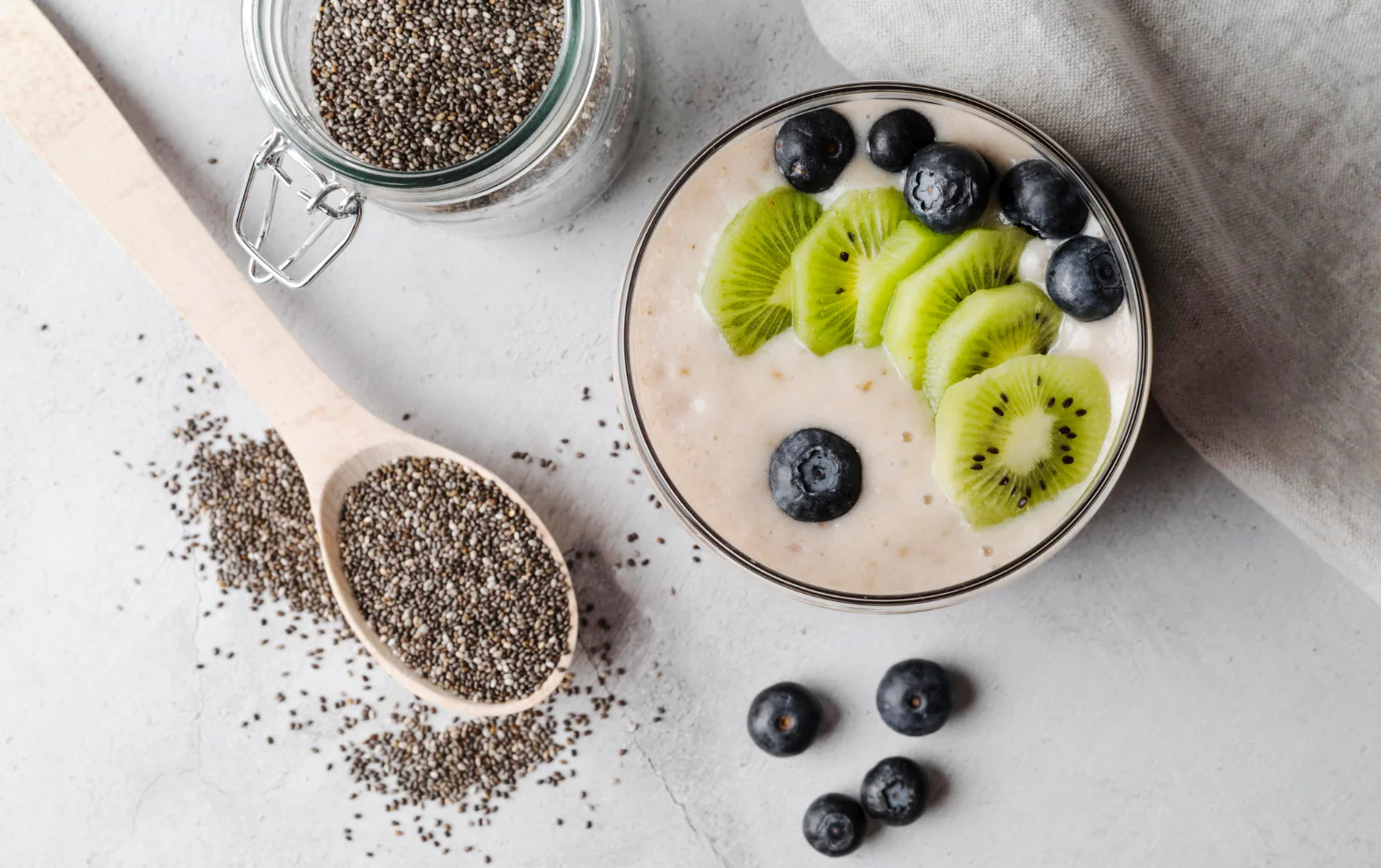
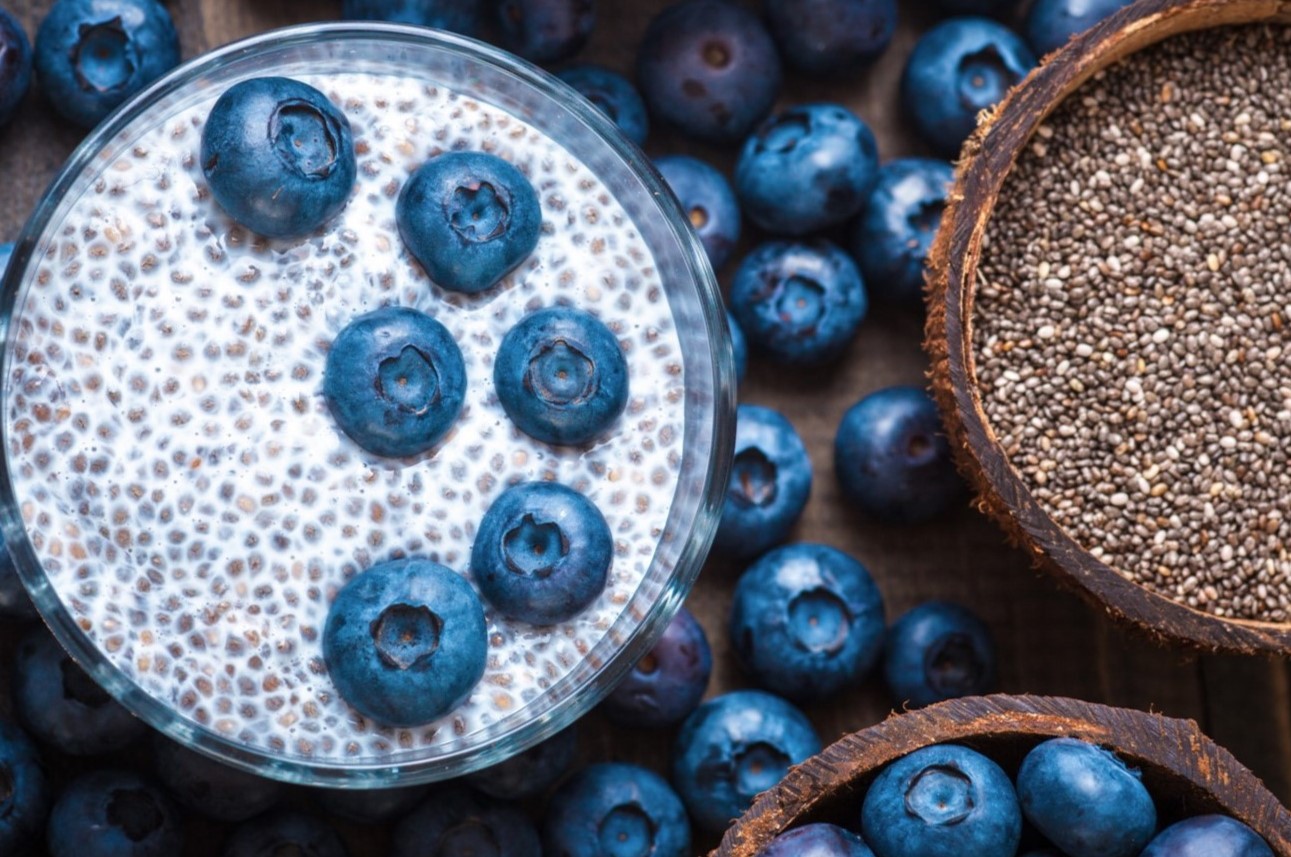
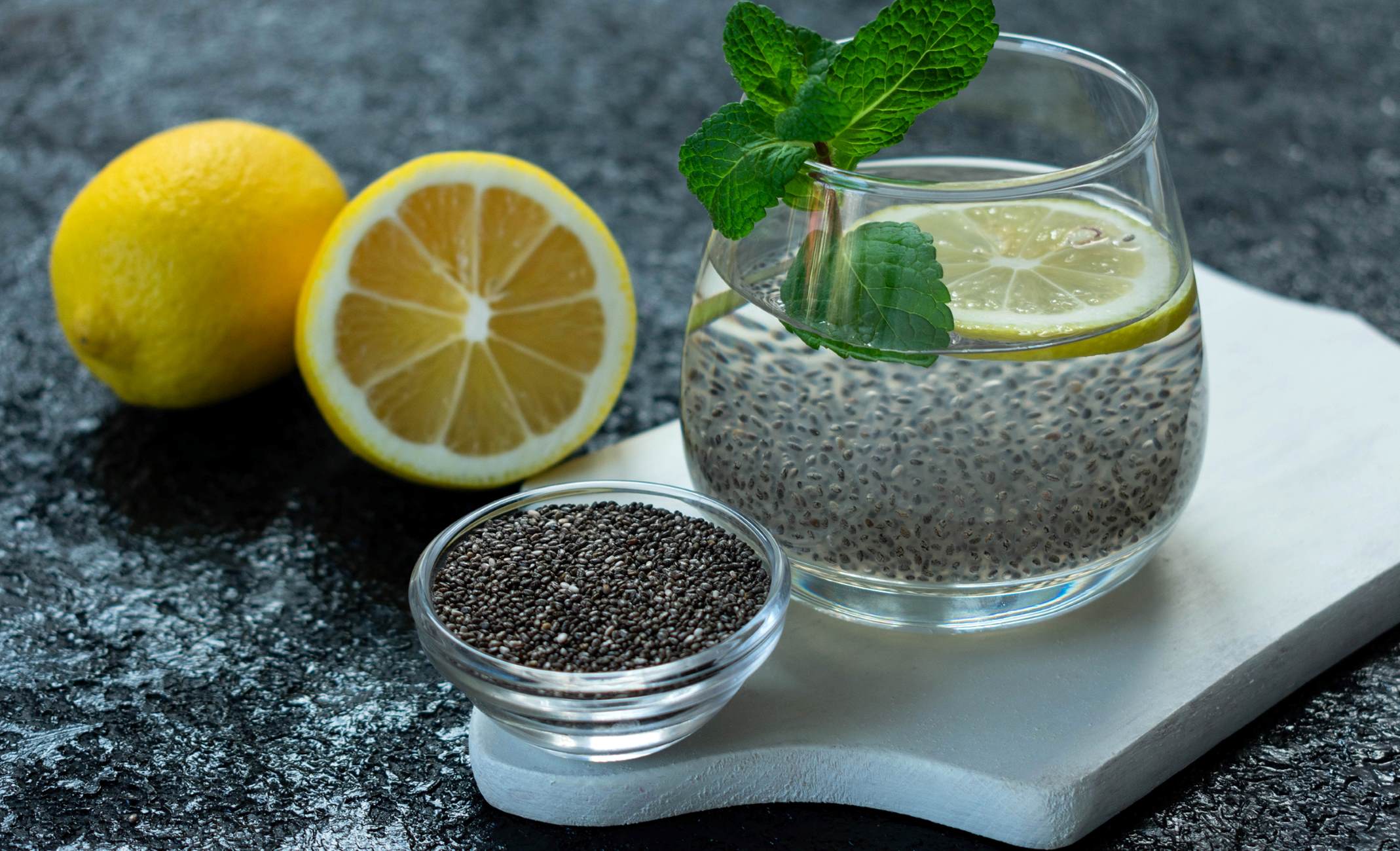
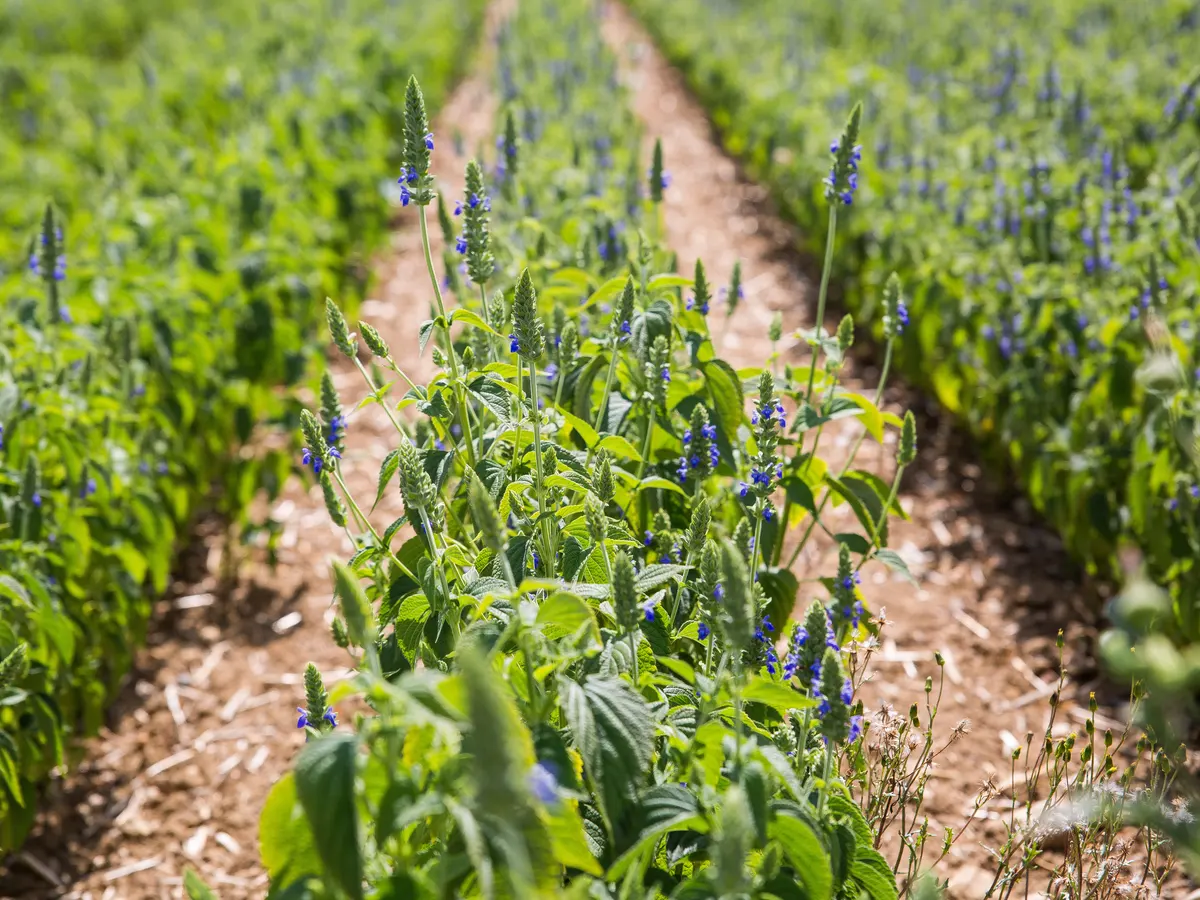
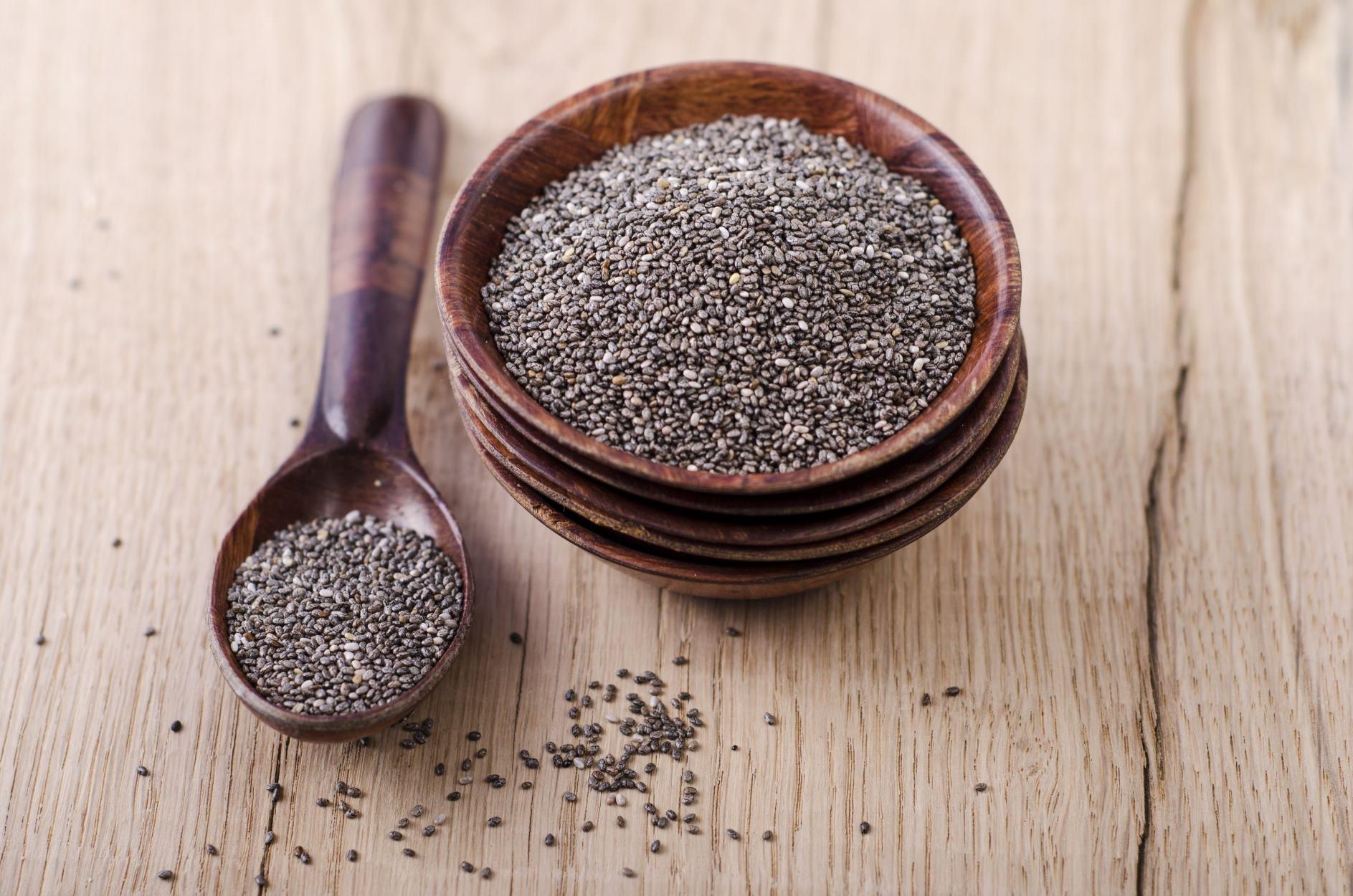
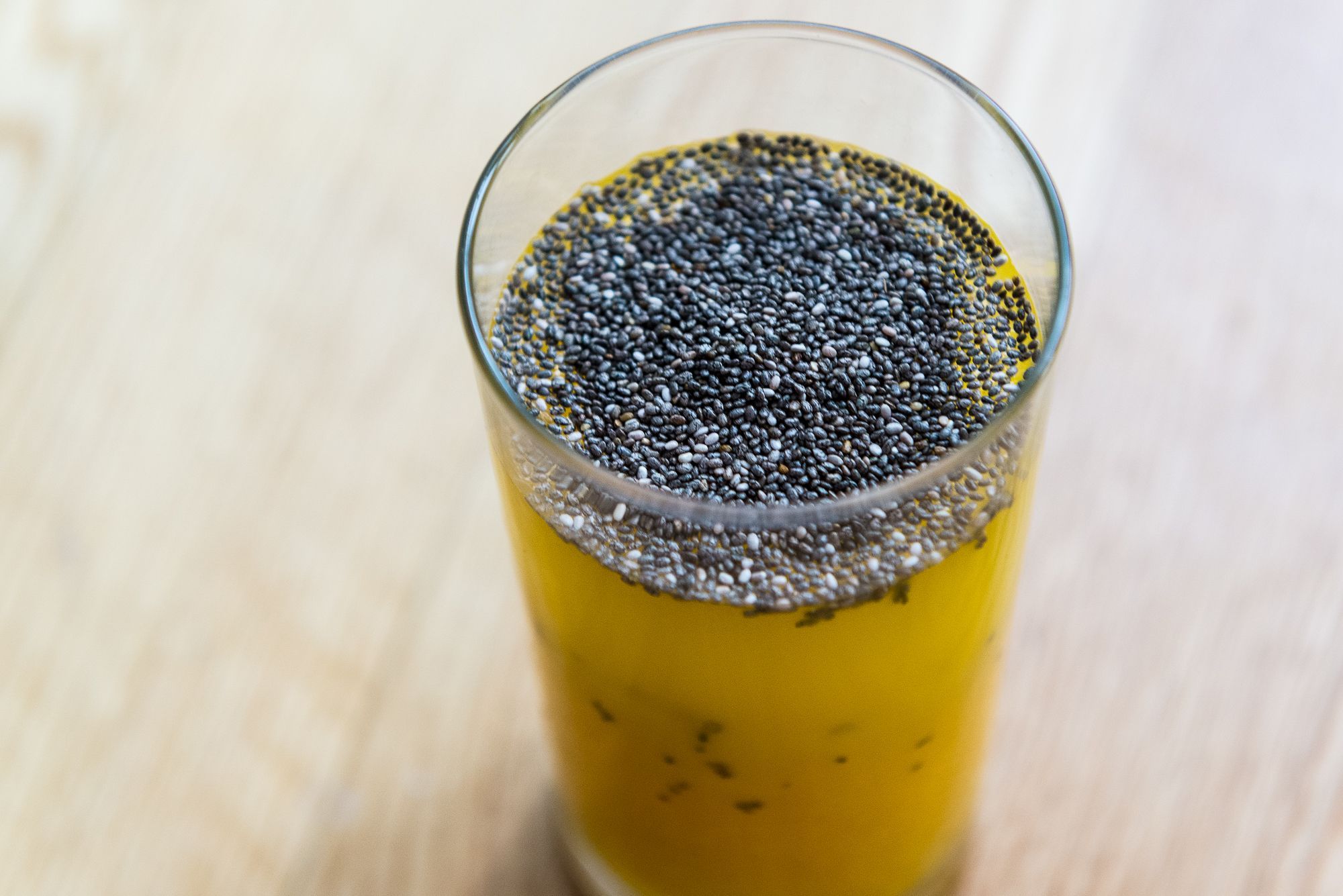
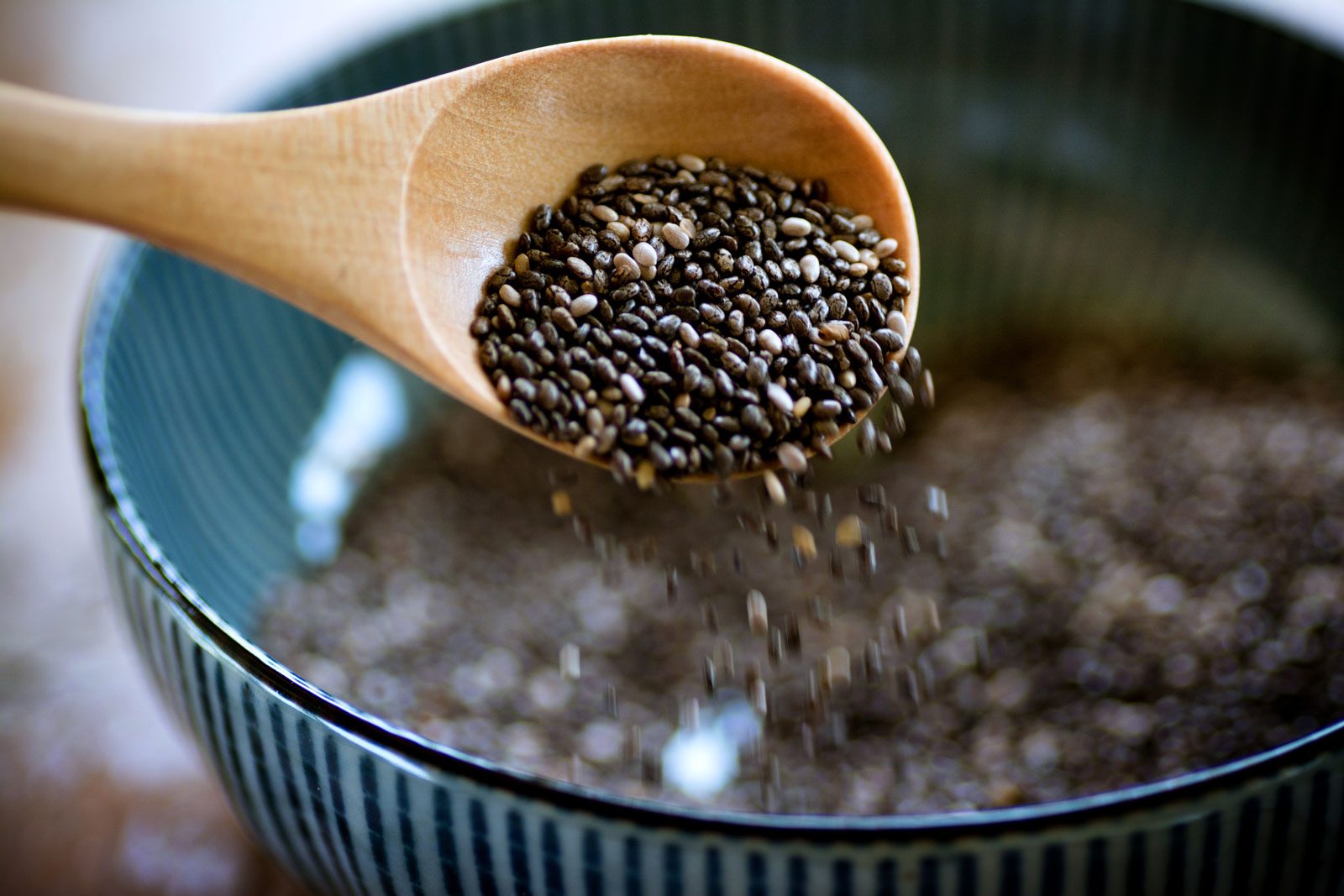
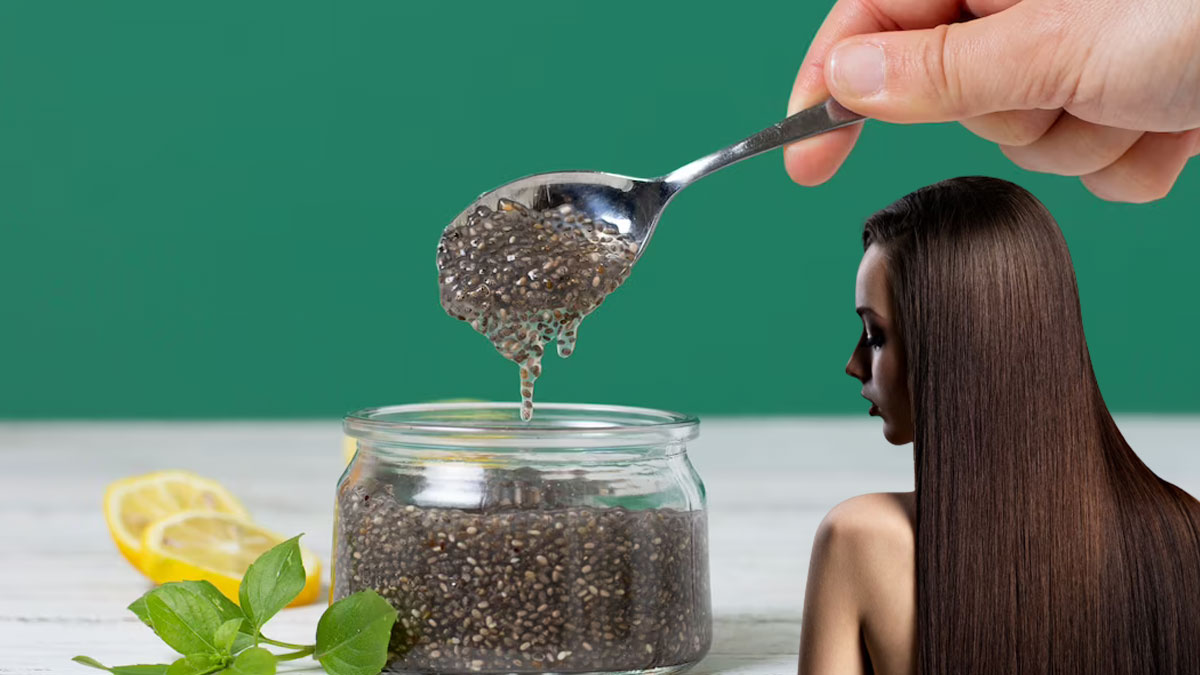
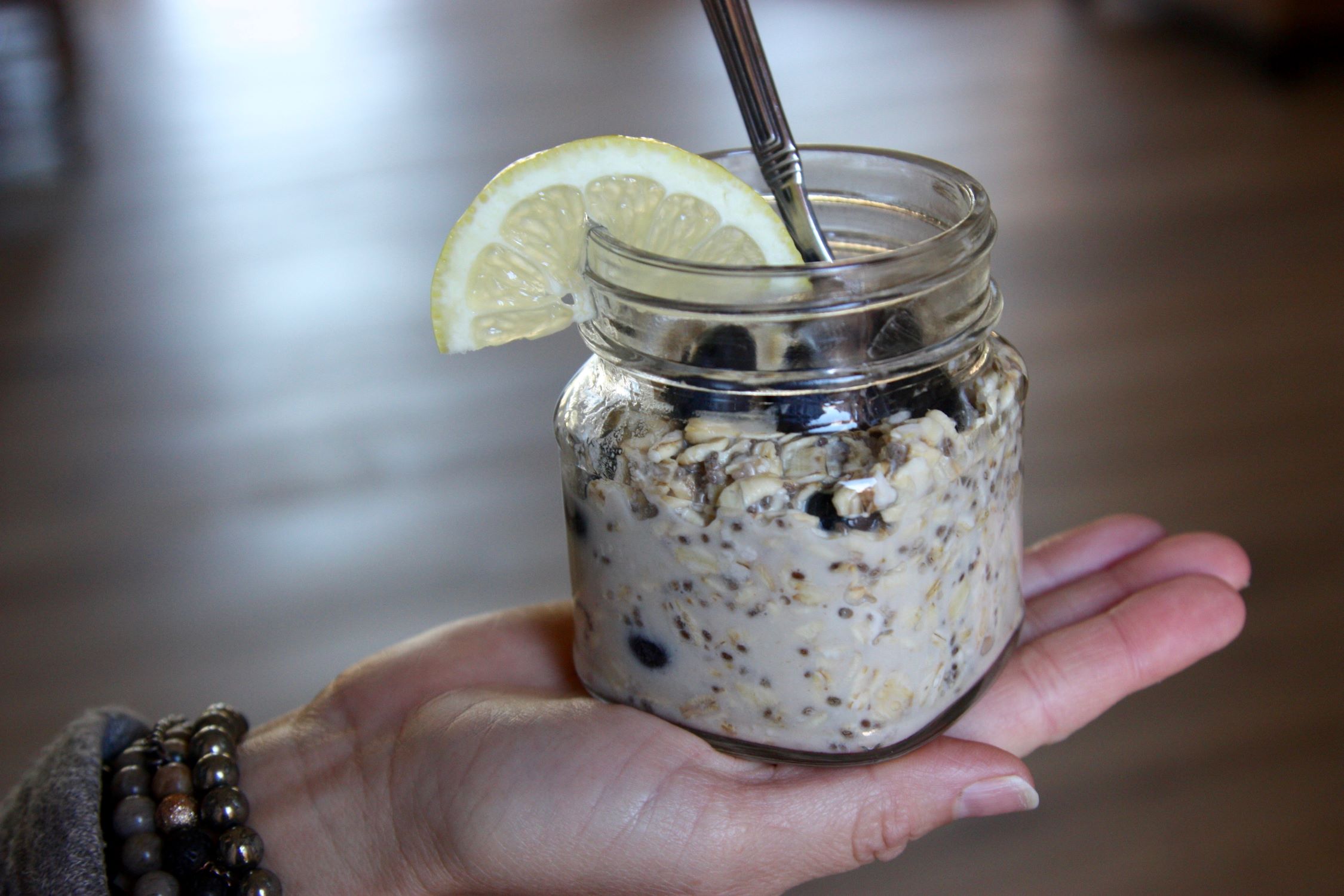
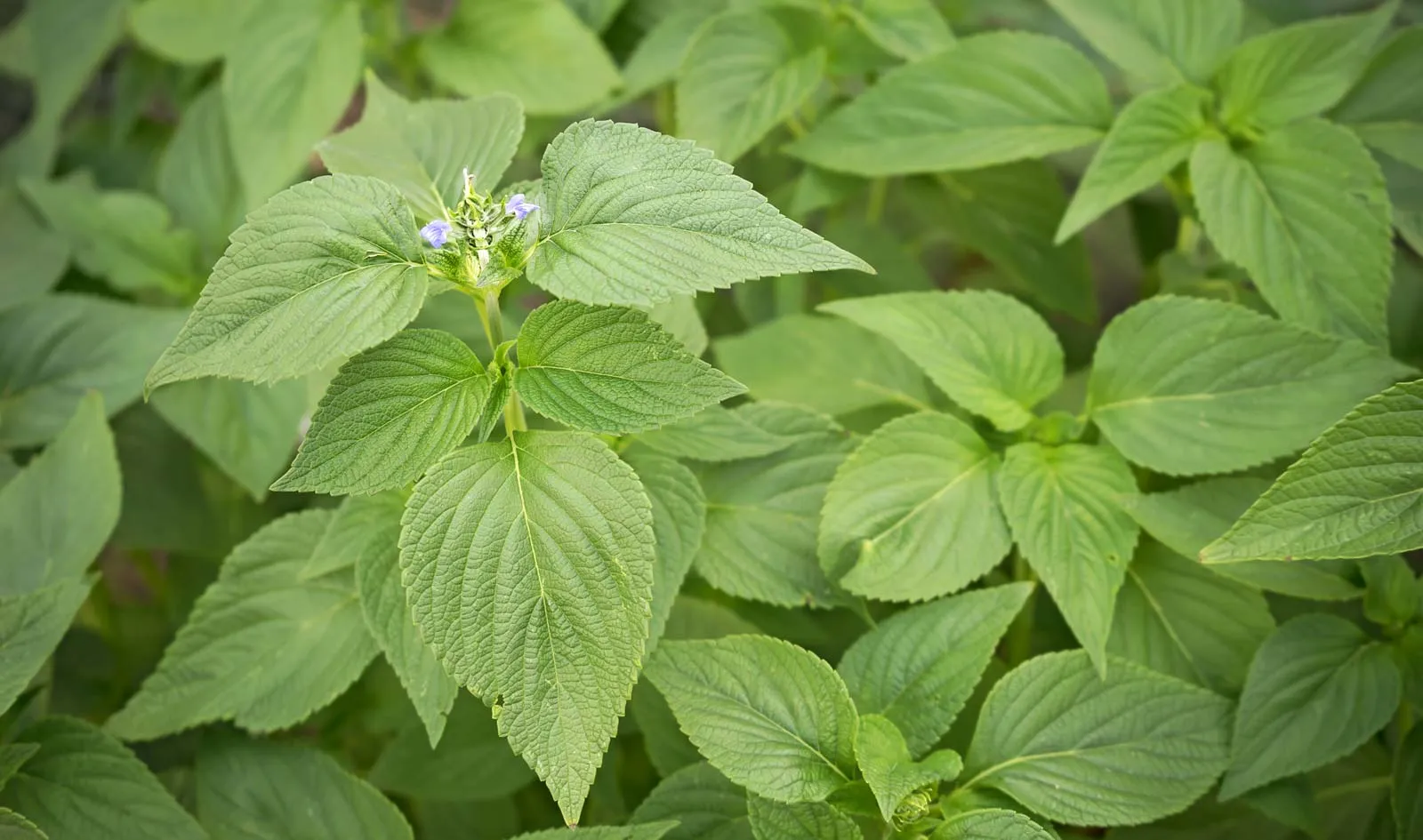
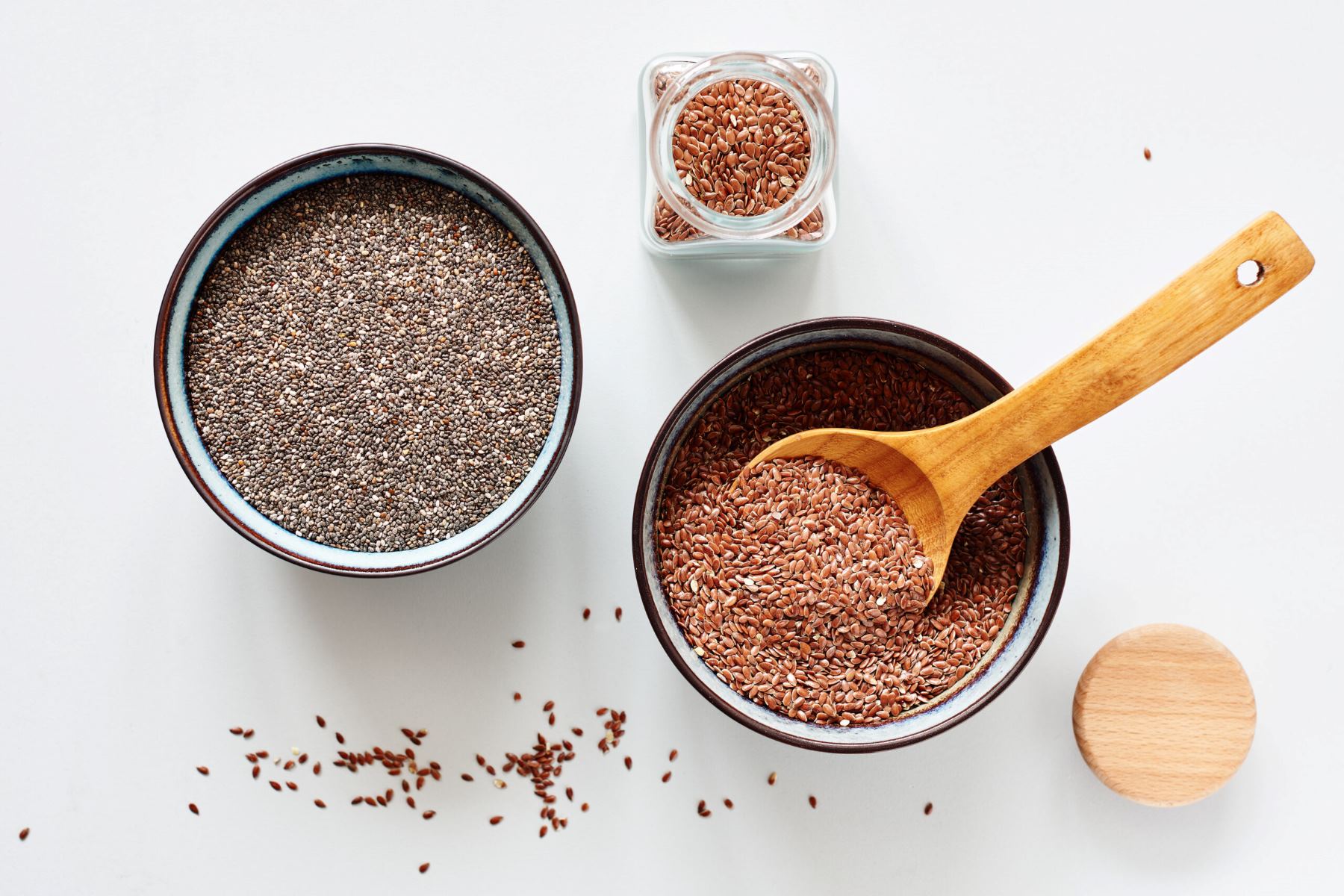
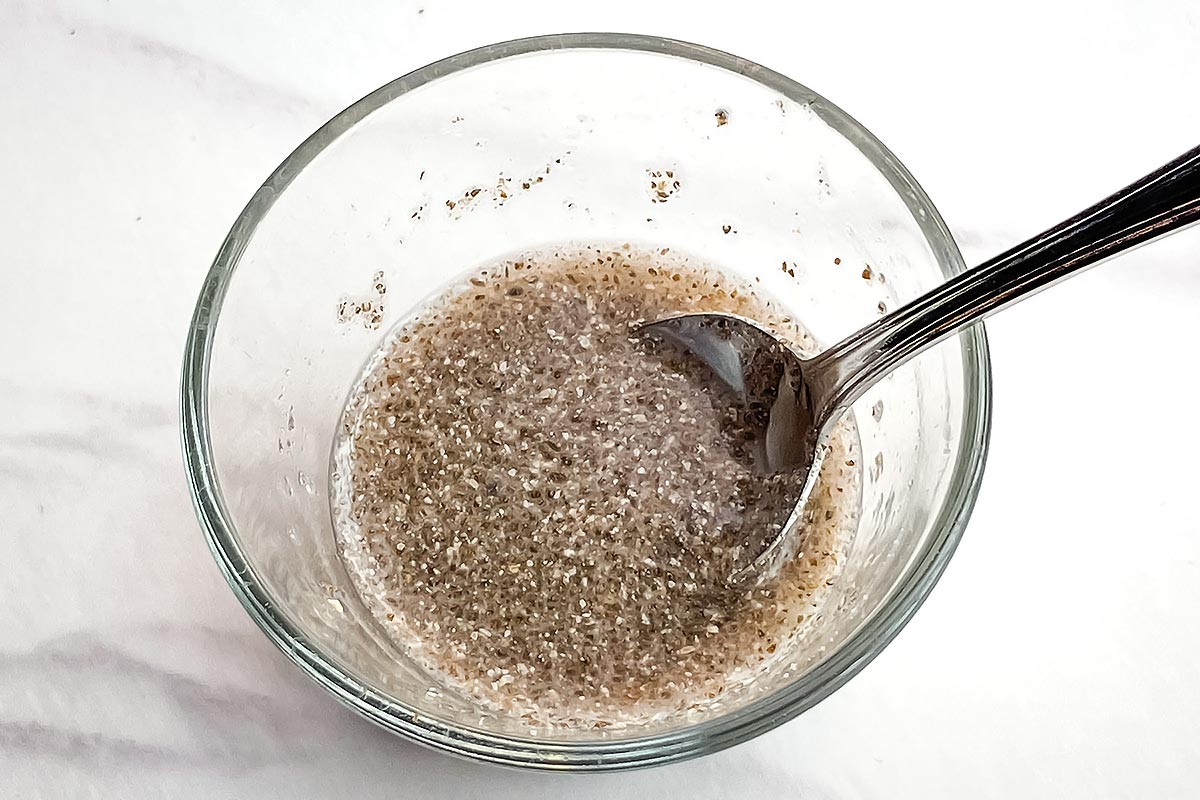
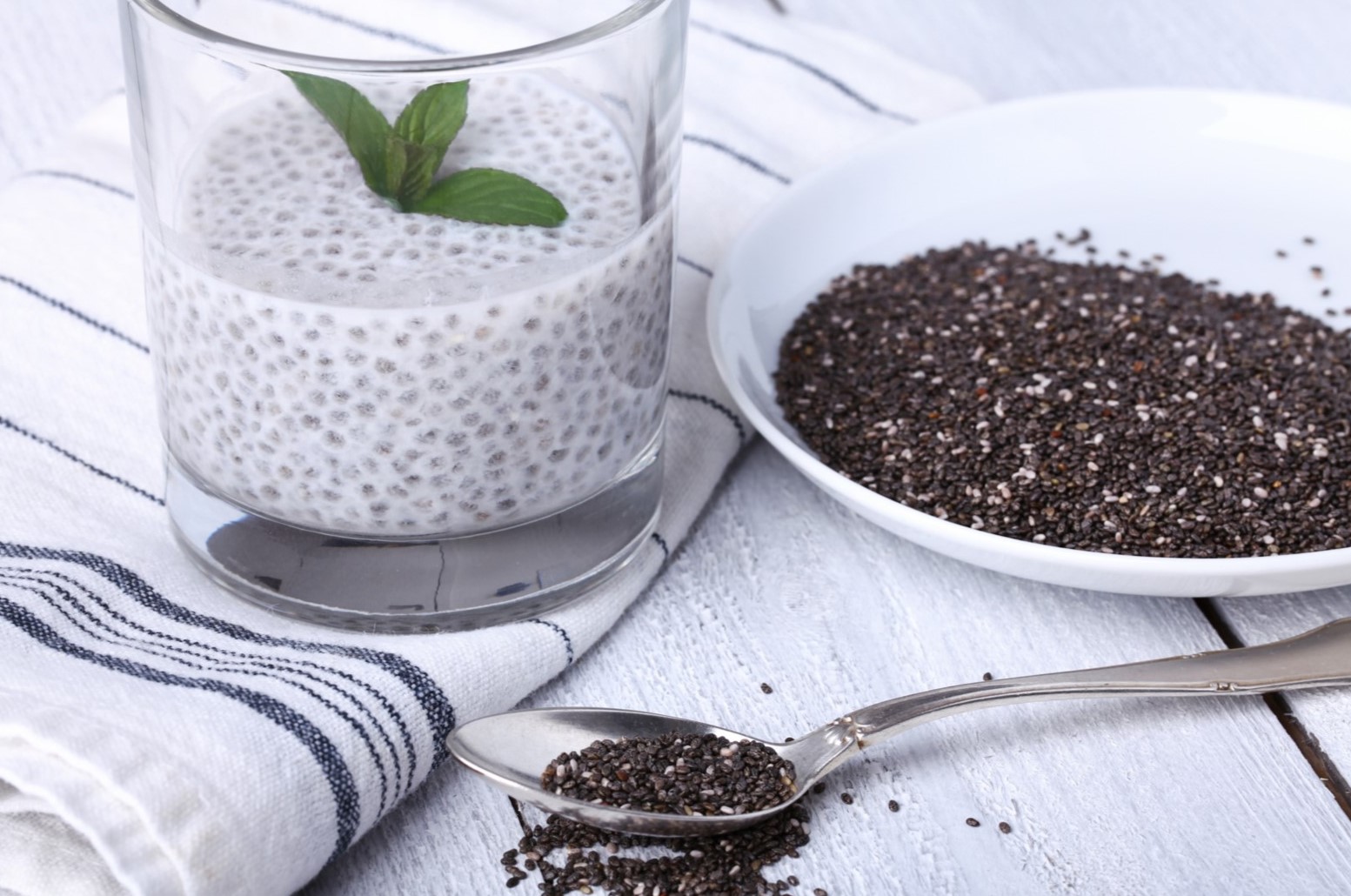

0 thoughts on “How Do I Use Chia Seeds”